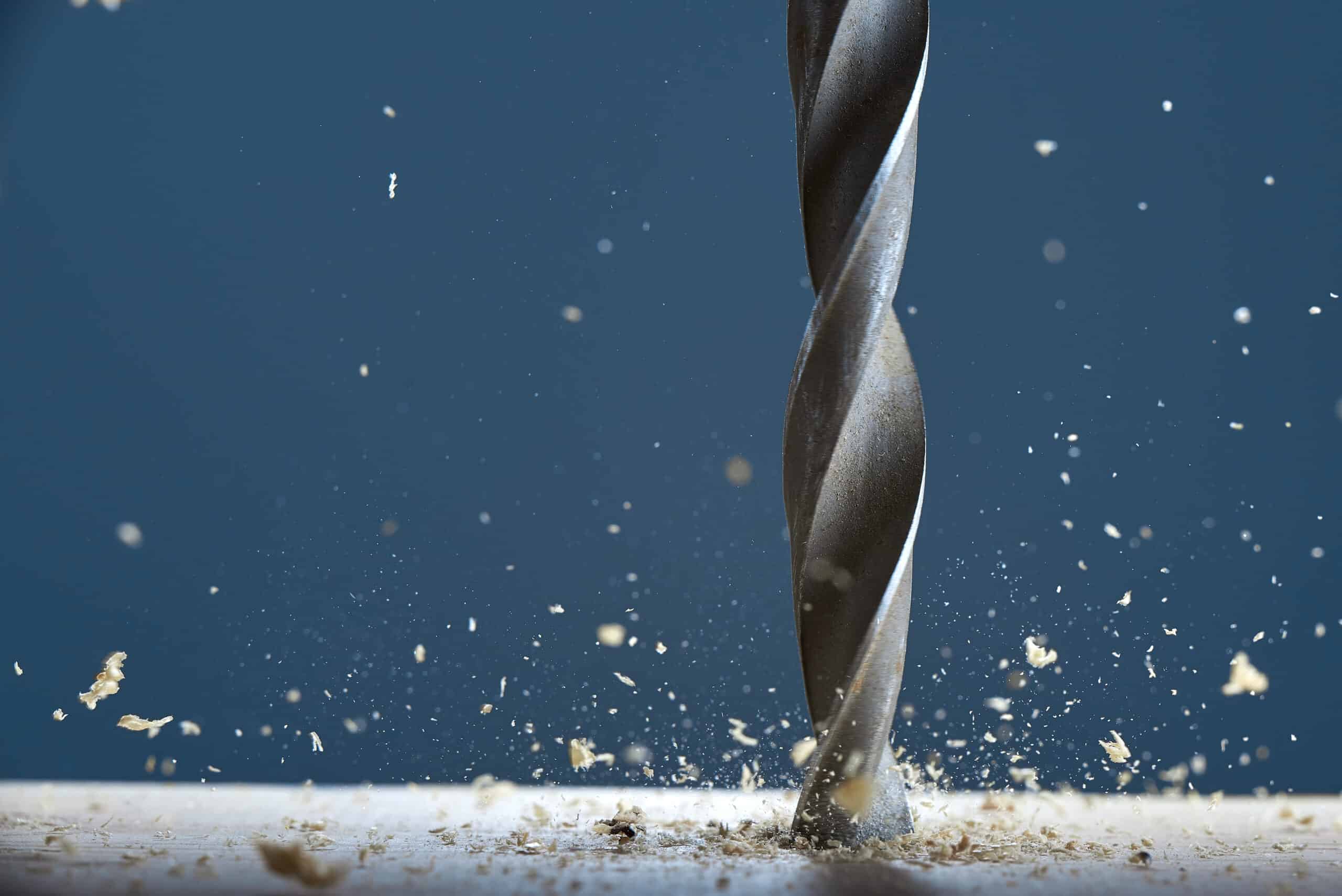What Can I Use If I Don’t Have the Right Size Drill Bit?
Key Takeaways
- Using a smaller drill bit and enlarging the hole with a reamer or larger-sized drill bit can be an effective alternative when the size difference is minimal.
- Consulting a drill bit size conversion chart can help you find suitable alternatives when you don’t have the exact drill bit size you need.
- Online resources and guides provide valuable recommendations for drill bit substitutions.
When working on a project that requires drilling holes, having the right size drill bit is crucial. However, there may be instances where you don’t have the exact drill bit size you need. So, what can you use as an alternative? In this article, we will explore various options that can be used as substitutes for the correct size drill bit, allowing you to continue your project with ease.
Using a Smaller Drill Bit and Enlarging the Hole
An alternative to using the correct size drill bit is to use a drill bit that is slightly smaller and then enlarge the hole with a reamer or a larger-sized drill bit. This method can be effective when the size difference between the available drill bit and the desired hole size is minimal.
The first step is to select a drill bit that is closest in size to the desired hole size. For example, if you need a 1/4-inch hole, but only have a 3/16-inch drill bit, you can start by using the 3/16-inch drill bit.
After drilling the initial hole with the smaller drill bit, you can then use a reamer or a larger-sized drill bit to gradually enlarge the hole to the desired size. This can be done by rotating the reamer or larger drill bit in a circular motion while applying light pressure. Take care to go slowly and avoid applying too much force, as this can cause the drill bit to break or damage the material.
It is important to note that this method may not be suitable for all materials or applications. For example, drilling through metal or hard materials may require more precision and may not be as easily accomplished by enlarging the hole with a smaller drill bit.
Using a Drill Bit Size Conversion Chart
If you don’t have the exact drill bit size you need, another option is to consult a drill bit size conversion chart. These charts provide information on converting drill bit sizes between different measurement systems, such as inches and millimeters.
One such chart can be found on drilladvice.com. This chart includes the conversion methods for converting drill bit sizes from millimeters to inches and vice versa. It also lists the drill bit sizes in fractions, inches, and millimeters, providing a comprehensive reference for finding alternative drill bit sizes.
For example, if you need a drill bit size of 7/32 inches, but don’t have one available, you can consult the chart to find a suitable alternative. In this case, a 3/16-inch drill bit can be used as a substitute.
Using Online Resources and Guides
In addition to drill bit size conversion charts, there are also online resources and guides available that provide recommendations for alternative drill bit sizes.
Sites like toolsweek.com offer specific solutions to common drill bit size queries. For instance, if you need a substitute for a 7/32 drill bit, the site suggests using a 3/16 drill bit as a suitable alternative.
Conclusion
When you don’t have the right size drill bit, there are several options you can consider. Using a smaller drill bit and enlarging the hole with a reamer or a larger-sized drill bit can work well for small variations in hole sizes. Consultation of drill bit size conversion charts, such as the one found on drilladvice.com, can help you find suitable alternatives. Online resources and guides also provide valuable recommendations for drill bit substitutions.
Related Websites:
FAQs:
Q: Why is it important to have the right size drill bit?
Using the right size drill bit ensures accuracy, prevents damage to the material being drilled, and reduces the risk of accidents or breakages. It allows for proper hole size and ensures the best performance of the drill.
Q: What are the potential risks of using an incorrect size drill bit?
Using an incorrect size drill bit can lead to inaccurate holes, material damage, reduced drilling efficiency, and increased chances of the bit breaking or getting stuck. It can compromise the overall quality and safety of the drilling task.
Q: Are there alternative solutions if I don’t have the right size drill bit?
Yes, you can use a smaller drill bit for smaller holes by creating a pilot hole and gradually widening it. Alternatively, you can use a larger drill bit to enlarge the hole. Another option is to consider using universal drill bit sets that cover a range of sizes.
Q: What are the limitations of using alternative tools in the absence of the right drill bit?
While alternative tools like rotary tools or different types of drills can be used, they may not offer the same precision, performance, or safety as using the right size drill bit. It’s important to be aware of the limitations, precautions, and potential risks when using alternative tools.
Q: When should I seek professional assistance for drilling tasks?
If you are unsure or inexperienced, it is recommended to seek professional help for drilling tasks. They can provide guidance, ensure safety, and offer expertise. Local hardware stores or professionals in the field can be valuable resources to assist you.





